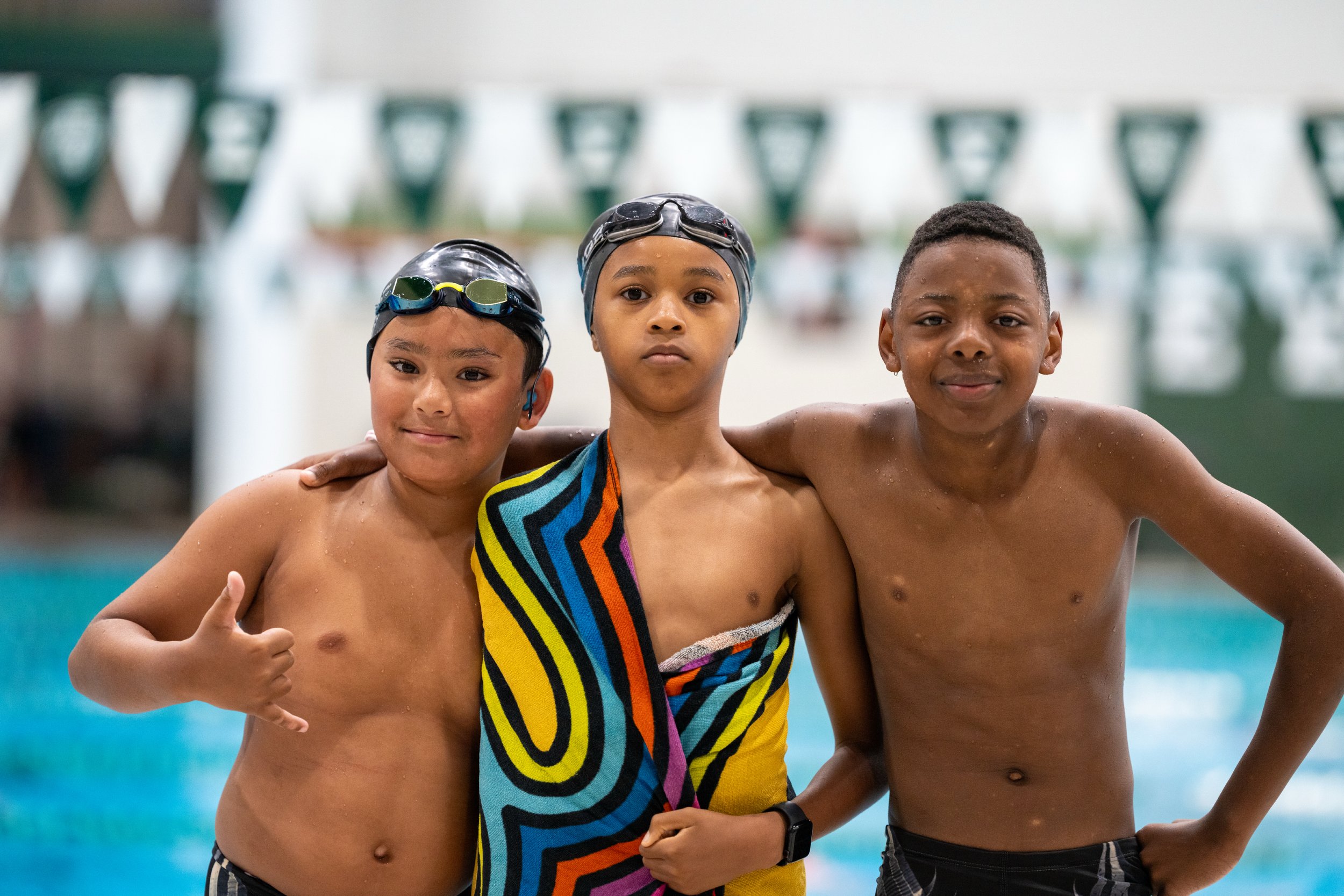
THE TRYOUT PROCESS
THE FAMILY PICTURE
When we talk about accepting new swimmers onto our team, we usually talk in terms of accepting families. When a swimmer joins our team, it is not just the child that becomes an important part of our program. The parent/s, other supporting family members, and/or friends of the family have a huge impact on our team. They determine how much commitment the child will be able to give to the team. They determine how often the swimmer will get to practice. They control whether the child can get to practice on time or not. They decide whether or not to support the team with a positive attitude. They decide whether or not to support the coaches, even behind the scenes. They decide whether the swimmer will have the opportunity to do the minimum or the maximum to be great at this sport. In other words, the success of our program doesn’t just rely on the swimmers.
THE TYPE OF MEMBERS WE LOOK FOR
We look for young, athletic, hard-working athletes with a positive attitude. We look for committed parents with a supportive, can-do attitude.
THE EVALUATION PROCESS
Questionnaire, Interview, and Evaluation
To start the team evaluation process, the parent must fill out the initial tryout questionnaire on this website. The tryout questionnaire includes very basic questions regarding the child’s age, current swimming ability, and training availability. Parents will also share their contact information so they can be reached regarding an interview. The interview is an opportunity for parents and coaches to ask important questions so we can begin to determine if Razor Aquatics and the family are good fit for one another.
A swimmer between the ages of 4 and 10 does not need strong swimming skills to make the team. But they will have to pass the one-month evaluation period where their attendance, athletic ability, training habits, and attitudes during training will be monitored to decide if they can become a permanent member of our team.
The exception to the no-swimming-skills-needed allowance for children between the ages of 4 and 10 is between November and March. All swimmers joining during winter months will at least need to be able to pass a deep water skills test. Swimmers over the age of 10 will also need to pass timed swim standards.
